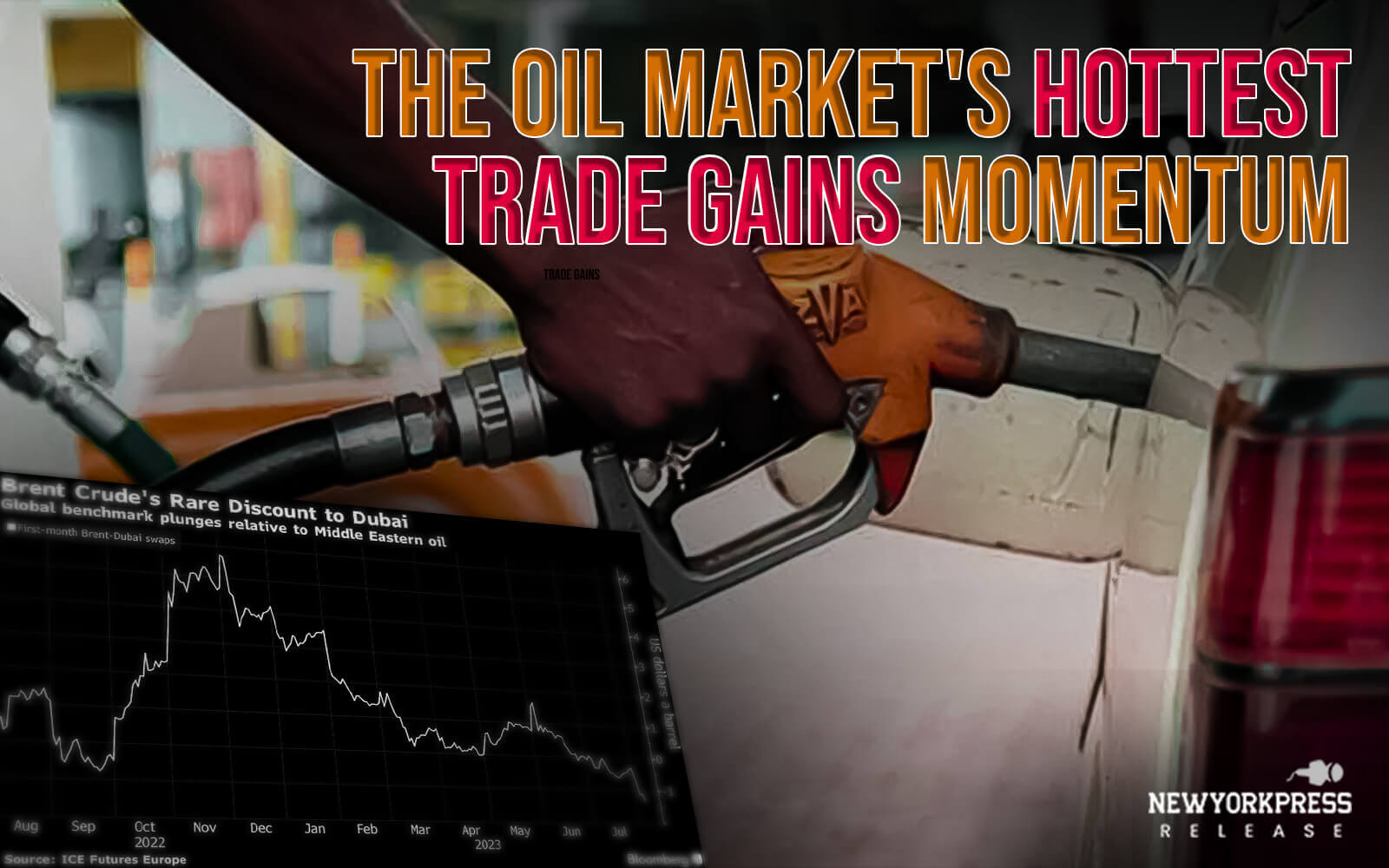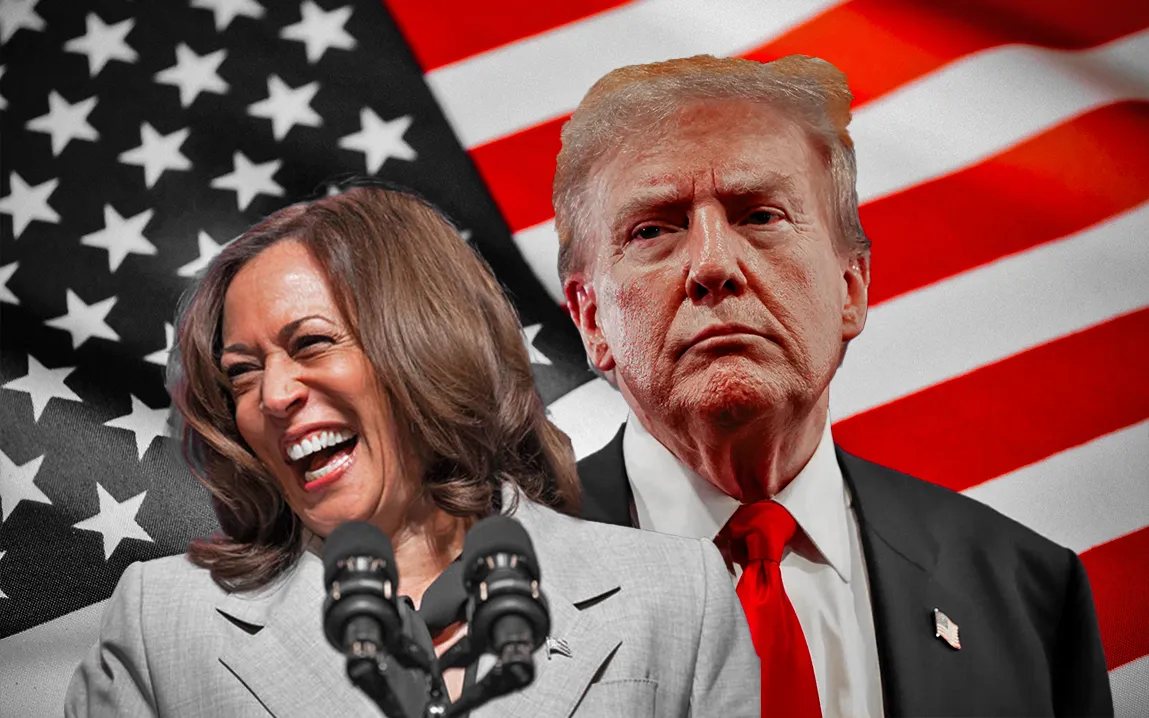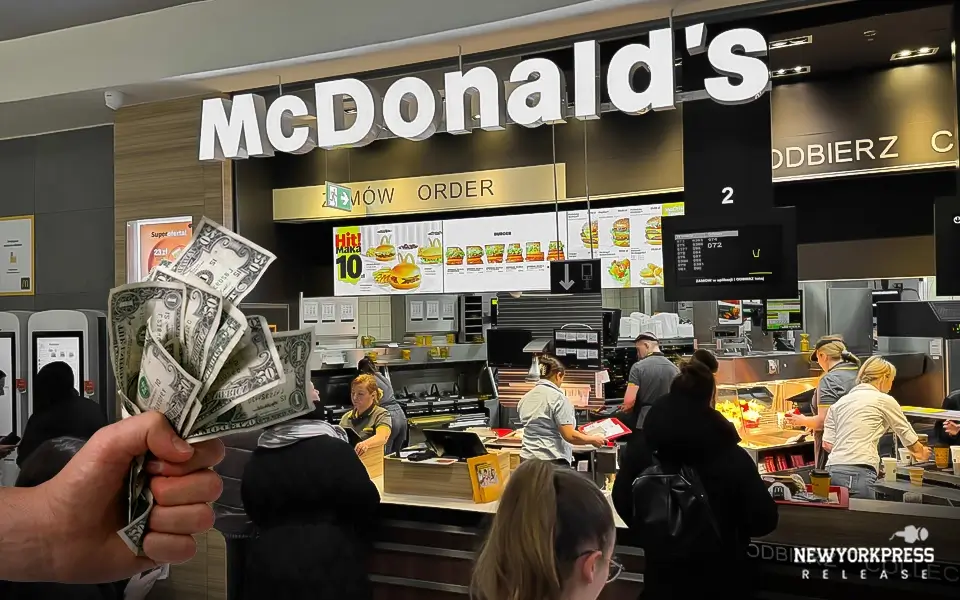One of the oil market’s biggest trades this year is still going strong, with the potential to change the value of physical crude cargoes and transform global flows.
According to statistics from brokerage PVM, the price spread between swaps for London’s Brent and Dubai oil in the Middle East has become extremely negative. It is a drastic shift from the beginning of the year and typical trading patterns, when the spread was at a sizable premium. Compared to a premium of more than $3 in January, it was $1.60 cheaper per barrel on Monday.
Volatility in the relative prices of key global benchmarks can prompt the rerouting of oil flows globally and, in this scenario, make it more viable to sell barrels created in and around the Atlantic Ocean into Asian markets. That, in turn, can result in alterations in the premiums paid for certain crude grades, and buyers from various places try to buy cargoes.
Brent, the global benchmark oil, typically trades at a premium to Dubai because its reduced sulfur content and lighter density result in better-quality fuels. However, recent decreases in output by Saudi Arabia and Russia have strained the medium-sour crude market, according to traders. Furthermore, Saudi official selling values of grades like Arab Light have also risen repeatedly in 2023, further backing benchmark Dubai costs, they mentioned.
In contrast, Dated Brent’s tradeable volume has increased since its publisher, S&P Global, added US crude to the list of crudes that can set its value. Dated Brent is a physical price benchmark that is connected to the London futures market. As a result, an influx of US West Texas Intermediate crude has been offered and sent into the benchmark, dragging on the valuation of Dated Brent relative to foreign grades.




